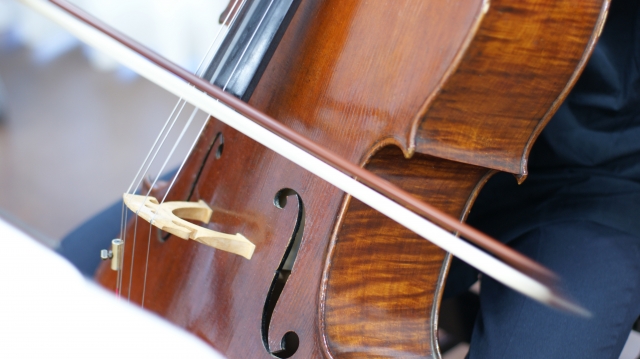BLOG
Ear Training for Violinists
Apr 23, 2024

The violin is an instrument of rich expression and beautiful tone. In order to maximize its appeal, not only technical practice but also training of the sense of hearing is extremely important.
In this blog, we will discuss the benefits of ear training for violinists and specific training methods.
Benefits of Ear Training
Ear training is essential in violin playing to improve pitch accuracy and musical expression.
A player with a trained ear can accurately hear not only the notes he or she is playing, but also the notes of other instruments in the orchestra or ensemble, thus deepening the harmony of the entire ensemble.
Ear training also plays an important role in improvisation and composition.
Training Methods for Ear Training
The following training methods are effective for violinists to train their ears
(1) Scale and arpeggio practice
Practicing scales and arpeggios develops the ability to hear pitches accurately.
Try playing scales and arpeggios in various keys while using a metronome.
(2) Listening practice
Common in music education, aural exercises are also very effective for ear training.
Using a piano or music software, practice listening to different pitches and reproducing them aloud or on an instrument.
(iii) Self-evaluation using recordings
By recording your own performance and listening back to it after your performance, you can discover errors and areas for improvement that you did not notice during the performance.
Listening to other players' performances and analyzing their musicality and technique also provides ear training.
(4) Interval training
This training involves listening to different pitches (intervals).
For example, the goal is to be able to play a specific interval on the piano and be able to hear that interval.
Conclusion
Ear training is a very important part of the violinist's training.
The benefits of ear training are immeasurable, including accurate pitch identification, improved musical expression, and harmony when playing in an ensemble.
By incorporating ear training into your daily practice, you can further improve the quality of your violin playing.
Ear training, like playing technique, takes time and sustained effort, but that effort will lead to a deeper understanding of the music as a whole and a richer performance.


